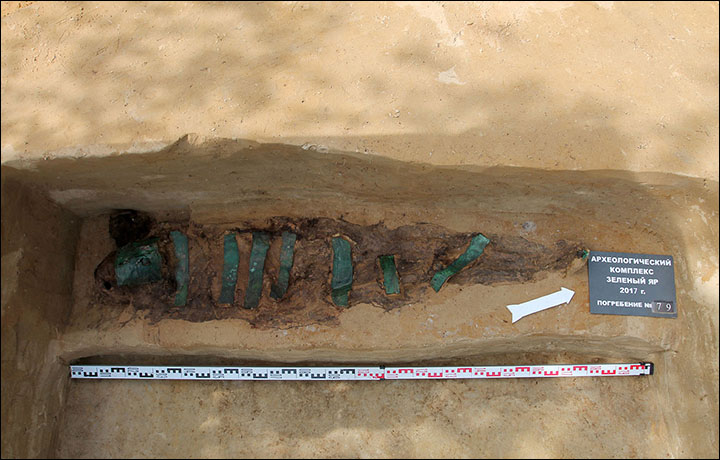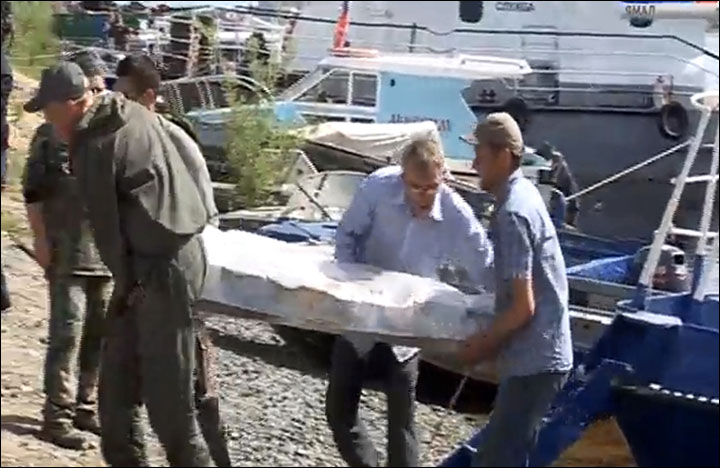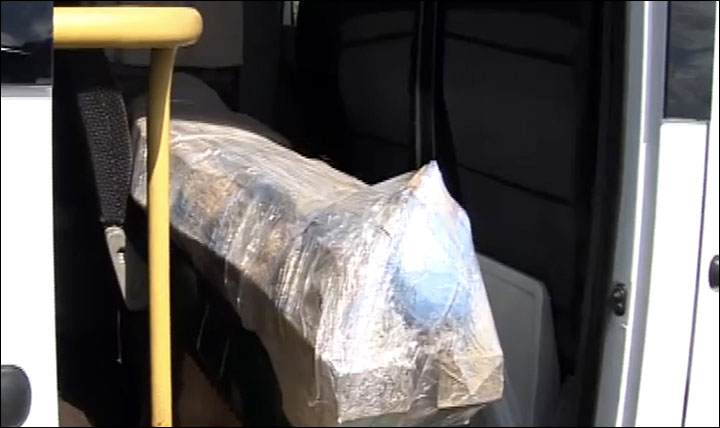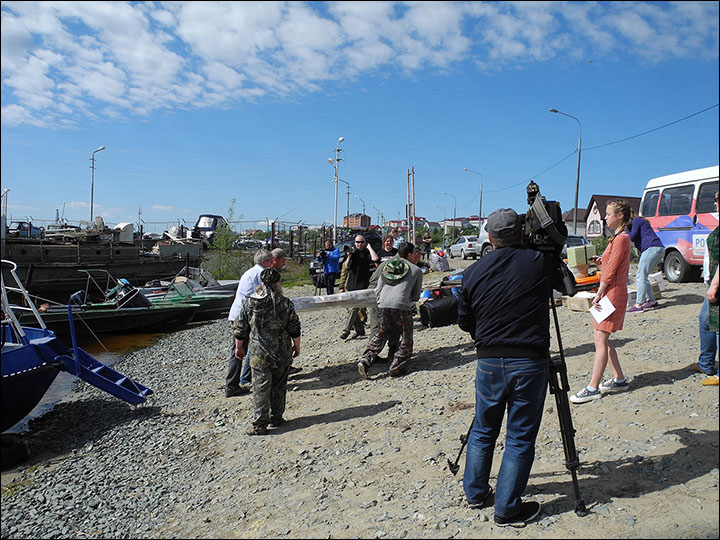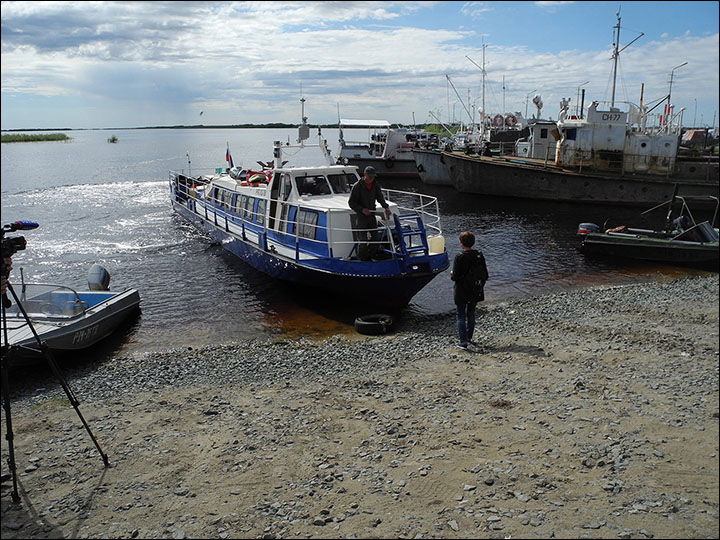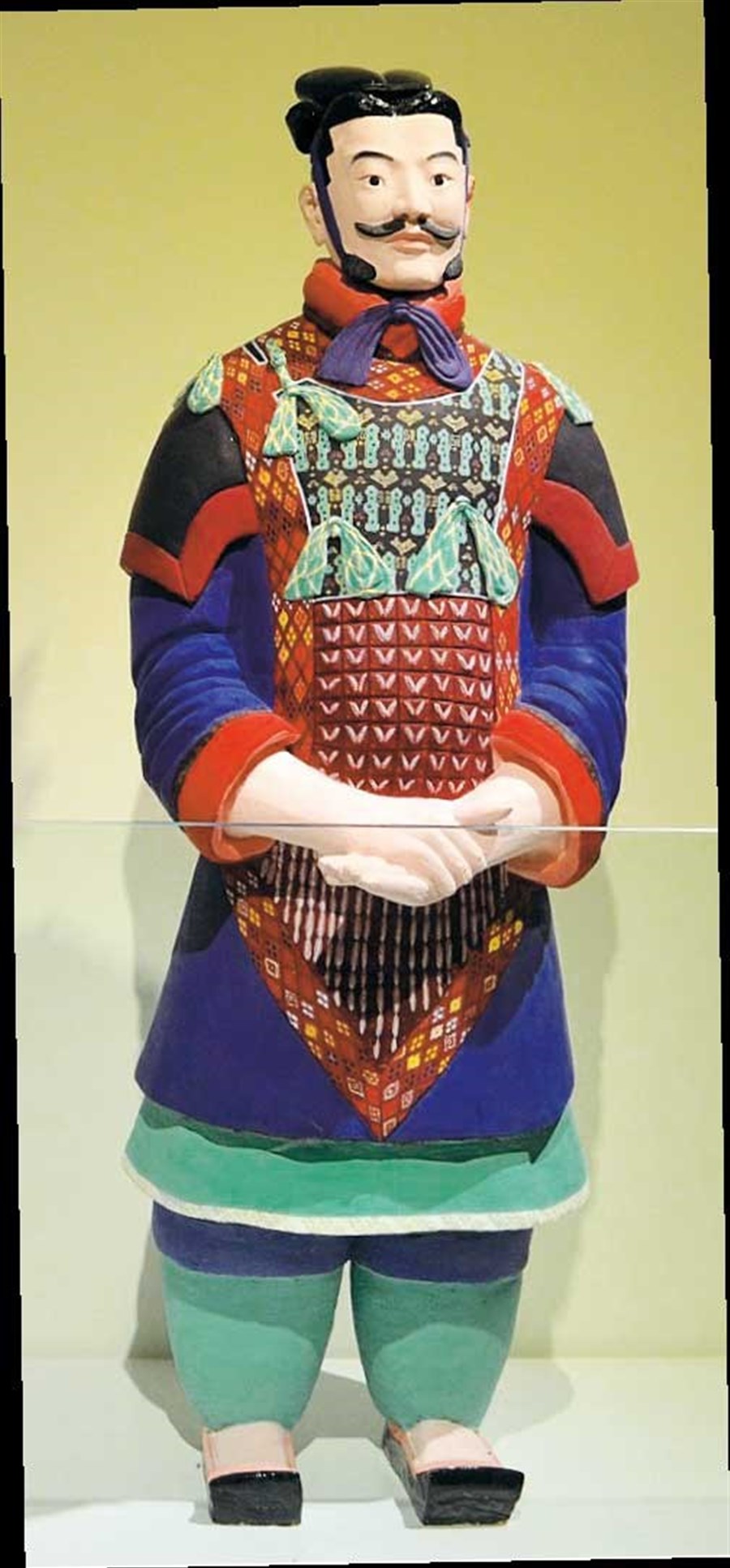EVER since President Xi Jinping proposed the Silk Road Economic Belt and the 21st Century Maritime Silk Road initiatives, also known as “One Belt, One Road,” in September 2013, China and countries along the ancient routes have launched a series of cooperative projects.
Belt and Road aims to revive the economic ties and connectivity in Eurasia. In return, many cities have held exhibitions that showcase the history of the Silk Road.
Hangzhou is no exception.
An exhibition that displays relics excavated along the Silk Road is underway at China National Silk Museum and will run until September 24. The items on display are from museums in Shaanxi, Qinghai, Gansu and Xinjiang Uygur Autonomous Region and Kazakhstan.
In 2014, the UNESCO listed “Silk Road — the Routes Network of Chang’an-Tianshan Corridor” as world’s heritage site. This 5,000-kilometer section stretches from Chang’an (present-day Xi’an) in Shaanxi Province to the Zhetysu region in Central Asia.
It took shape between the 2nd century BC and 1st century AD, and remained in use until the 16th century. It linked multiple civilizations and remained a platform for exchanges in trade, religions, technology, cultures and arts.
Along the route, relics of empires and kingdoms, ancient temples, pagodas, antique buildings and tombs were discovered that reflected on the glory days of Silk Road.
Now, some of the archeological discoveries are on display at the exhibition, which is divided into three parts and according to different periods and regions. Most of the exhibits came into being between the 5th century BC and 8th century AD.
The origin of Silk Road was Tianshan corridor, which was a prairie road that connected Oriental country and ancient civilizations including Persia, Greek and Assyria during the 10th century and 3rd century BC.
Sarmatians were nomadic people that dominated the southern Russian grassland dating back to 2,200 years. A batch of costumes, accessories, glass vessels and other burial objects were excavated from a Sarmatian tomb in Kazakhstan. The finely weaved costumes showcased the tomb owner was a woman of high social status.
The replica of Golden Warrior unearthed from Kazakhstan’s Issyk burial mound is one of the highlights. He was dressed in an arrow-shaped headdress and chain-mail armor richly decorated with foils. His belt and weapons were of pure gold. The costume consisted of 4,000 gold ornaments in typical Sacae style. The young warrior’s ornamented funeral armor is priceless.
This section also displays antiqued wagons from ancient Rong people’s tombs in Gansu Province. During Warring States Period (475-221BC), the manufacturing level of wagons epitomized the then mechanical technology. The buried wagons symbolized people’s social status.
The road began to flourish when long distance trade of high-valued products, particularly silk, tea and porcelains, began to expand between Chinese and Western empires. The second and third sections display artifacts from Qin (221-206 BC), Han (206 BC-AD 220) and Tang (AD 618-907) along the road.
Ever since Qin Dynasty came into being, the original steppe road began to be an official route linking Oriental China and Western countries. Starting from Xi’an, the capital of Han and Tang dynasties, the route passed westwards through the Hexi Corridor across the Qilian Mountain Range to Dunhuang, and then continued along the northern and southern flanks of Tianshan Mountain Range until reaching Zhetysu region of Central Asia.
The exhibition also displays a restored terracotta warrior using modern technology. Visitors can see the original appearance of the soldier through the exhibit.
Terracotta army was a form of funerary art that was buried with Qin Shi Huang, the first emperor of Qin Dynasty. The soldiers and horses were placed to protect the emperor in his afterlife.
Originally, the figures were painted with bright pigments, variously colored pink, red, green, blue, black, brown, white and lilac. The colorful lacquer finish and individual facial features would have given the figures a realistic feel. However, much of the color coating had flaked off or badly faded.
The Silk Road within China was mainly in Gansu Province and Xinjiang Uygur Autonomous Region, where a large number of silk relics have been excavated.
Dunhuang of Gansu Province was an ancient transportation hub along the Silk Road. At the exhibition, a Mogao Grotto painting repaired through digital technology is characterized by diverse floral patterns in red, yellow and green.
The highlight of the section was the burial objects from Xinjiang’s Panying relic, a prosperous hub along the Silk Road that later vanished. The exhibition displays delicate textile artifacts featuring exotic and central Chinese styles, which proved it was a communication center of the silk route during Han and Jin (AD 265-420) dynasties.
Date: Through September 24, closed on Mondays
Address: 73-1 Yuhuangshan Rd
Admission: Free
 Two Eastern Roman gold coins were found in a 1,500-year-old Chinese tomb in Xian, Shaanxi Province. (Photo: China News Service)
Two Eastern Roman gold coins were found in a 1,500-year-old Chinese tomb in Xian, Shaanxi Province. (Photo: China News Service)